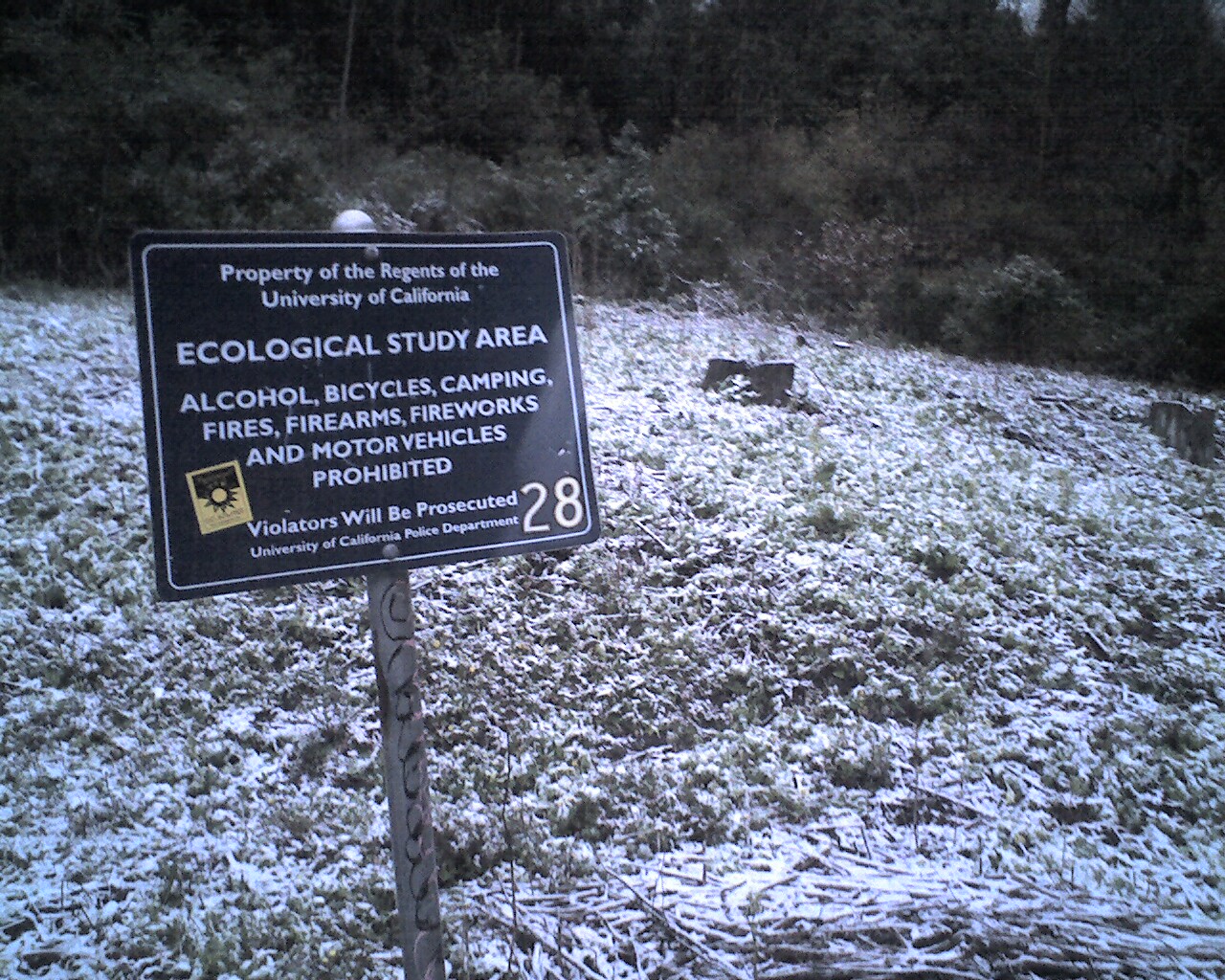Sitting in my cold, air-conditioned classroom the last week, while it was 85-95ºF outside, a design for a new thermostat came to me. Currently, thermostats cool (or heat) a building to a desired temperature. My new design would create a floating target temperature, that moves up and down as the outside temperature changes. The goal would be to target a...
